We are honored to be invited to participate in the official virtual book tour for The Great Caper Caper, the 5th book in the Lady Pancake and Sir French Toast series will be officially released on November 15, 2022 – go preorder it on Amazon and they’ll send it to you as soon as it’s available! And be sure to check out the other stops on the tour for more great info!
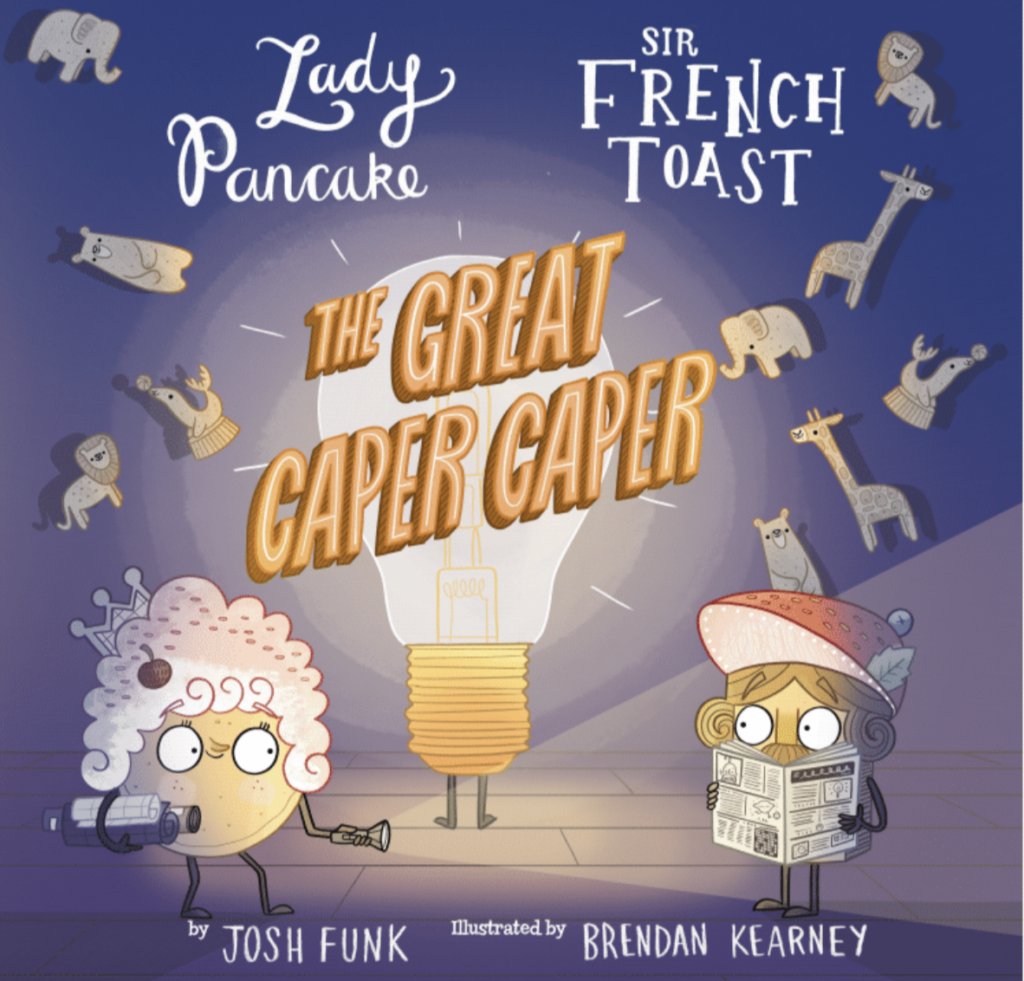
Why I Picked It Up:
A Josh Funk masterpiece is always a delight to preview and review! There’s never a time when a Funk’s work doesn’t make me laugh or marvel at a particularly clever pun. His stories are simple enough for the youngest reader to follow, and, as always, readers of any age can always collect new words as they enjoy the story.
Why I Finished It:
As with all Funk’s stories, it is delightfully witty. To quote the author, “It’s a Las Veggies heist – basically Ocean’s 11 in the fridge.” It is NEVER a problem to finish his books, but it is an exciting challenge to repeat pages to find all the puns. Occasionally, my older children and I compete to find the most plays on words. In The Great Caper Caper, the fifth book in the Lady Pancake and Sir French Toast series, there has been a theft! The Great Light is missing, leaving the refrigerator a confusing, dangerous place! So, Pancake and French Toast track down the thief, gather all their friends from the first books, and plan the perfect heist, complete with blueprints and disguises!
Who I Would Give It To
This series never misses! It is sure to please the youngest of readers while entertaining the older readers (adults included). The set would make a fantastic gift and the individual books are perfect for every elementary classroom since you can teach so many things with any book in the Lady Pancake and Sir French Toast series! Check out our other posts here:
Integration Ideas:
Theme and Citizenship (Social Studies Integration)
Each community we belong to has different rights and responsibilities. Starting in kindergarten, students should start healthy discussions on how to be a good citizens. Consider qualities such as honesty, compassion, respect, responsibility, and pride. The best way to start these discussions is with picture books. Finding theme can be tricky sometimes, but if you begin with some thoughtful discussion of character traits, you can lead students into finding the theme quite naturally.

Use this book to discuss honesty and compassion with the students. At first, Count Caper is not entirely truthful about how he took the light. At that point, students can predict if Count Caper is telling the truth or not. They should, of course, share their reasoning for their prediction as well. Then, have a discussion about honesty with the students. Share the old saying “honesty is the best policy” and ask students if they believe this. Provide different scenarios and ask if it is best for them to tell the truth or not. A few examples:
- You were playing tag in the house with your friends and you broke your mom’s favorite bowl. Do you tell her what you did?
- The hamburger in the cafeteria is not very good. Do you tell the chef?
- You cheated on homework. Do you tell the teacher?
- Your friend tells a joke that you don’t think is funny. Do you tell them?
Share other sayings or quotes and have students reflect:
- “One reason for doing the right thing today is tomorrow.”
- “Always speak the truth and you’ll never be concerned with your memory.”
- “Two wrongs don’t make a right.”
Consider the subtleties between having honor and telling the truth all the time. What does it mean to have honor? How do the characters in the story show honor? Count Caper doesn’t show honor when he steals the light and fibs about it, but he does show honor when he restores the light. Do people change? Should Count Caper be forgiven?
Next, consider compassion. Lady Pancake and Sir French Toast show compassion for Count Caper, even though he stole the light when they explain they wouldn’t leave him in darkness. They learn they can all enjoy the light together.
As with any mentor text, after students discuss the traits of the characters, have students make a personal connection and explain times they have shown honesty and/or compassion.
Once we’ve arrived at this point in the process of discussion, students should easily be able to discuss the central message or theme of this story. The students’ discussion of the characters showing compassion should lead to a conversation of friendship. Direct students to realize that the topic of the story is friendship and let students discuss the friendship of Lady Pancake and Sir French Toast. Have the students consider if Count Caper is a friend as well. Ask if he was always a friend.
Now the students are ready to consider what message they are learning about friendship from the story. The message or thematic statement might be that true friends are always compassionate with each other. Friends can not be stolen or bought, they are earned.
Vocabulary/ Word Choice
All of the Lady Pancake and Sir French Toast books use phenomenal vocabulary. I have had many teachers say it’s over the little kids’ heads, but I disagree. The illustrations and context help students hear high-level vocabulary without getting confused or distracted from the story.
Here’s what I do when I come to a word we don’t know, aghast for example. I act it out while saying aghast (I place my hand over my chest and say aghast with a deep breath) and then ask the student to repeat me. Done! They get it and then they use the word again – trust me!
In The Great Caper Caper, there are bound to be some foods that are unknown to students and you can teach those words as vocabulary too. Use these Fruit and Veggie Vocab Cards to have students familiarize themselves with what these things are before you begin reading, and then, when you come across something while you’re reading, you can just give a quick description if they need it and keep reading.
Chatterpix Kids and Vocabulary
One of the easiest and most beneficial ways to use technology in the classroom is when teaching vocabulary! By using apps or websites to animate vocabulary words, students are reading, writing, listening, and speaking – LITERACY GOLD! Chatterpix hits all four areas, and as a bonus, is a super easy (and free!) app for students to use.
Have students start by choosing a word they like (see our suggested list below, or just give them time to look through The Great Caper Caper). Then, give them a dictionary (online or good ol’ fashioned paper) or two so they can get a good feel for what the word means. Here are a few of our favorite dictionary sites:
- https://www.dictionary.com/
- https://kids.wordsmyth.net (Note: this one has a lot of ads, but has really great kid-friendly definitions and pictures.)
- https://www.vocabulary.com/
- https://kids.britannica.com/kids/browse/dictionary
It’s helpful to have students preplan what they’re going to say about their word on paper or a graphic organizer of your choice so you can make sure they are focused. Do you want them to define the word? Come up with their own sentence? Explain the sentence from the book? It’s up to you!
Then, you’re ready to record! Students will need to choose a picture that will be the background – you can have them choose an object or use a picture from The Great Caper Caper – and once they draw a mouth on the picture, they record their “script.” You should know that, even if they’ve preplanned what to say, they will still record and rerecord – and that’s a good thing! The more repetition they have with the word, the better it will stick!
Once students have finished, have them “turn in” their ChatterPix project and collect them all in one place, like a class website or Google Classroom, so everyone can listen to and learn about other words!
See this post for step-by-step directions for using ChatterPix.
A few words from The Great Caper Caper you might want to use:
- gazed
- cascaded
- chaos
- terrain
- intricate
- gleaming
- plateau
- grandiose
- sneer
- trudging
- assembled
- disguise
- commotion
Common and Proper Nouns
Since the main characters are foods, this is a great way to teach common and proper nouns. Typically pancake is a common noun, but since this one has a name and is a character, it becomes proper. Simply discussing these as they come up would be great, but repetition is best! Each day for a week, pull out a sentence from The Great Caper Caper. Write or project it on the board and ask students to share what they notice. Then ask students what the nouns are in the sentence. Once you have identified all the nouns, ask if they are common or proper nouns. Make sure they explain why.
Annotate common and proper nouns with Skitch
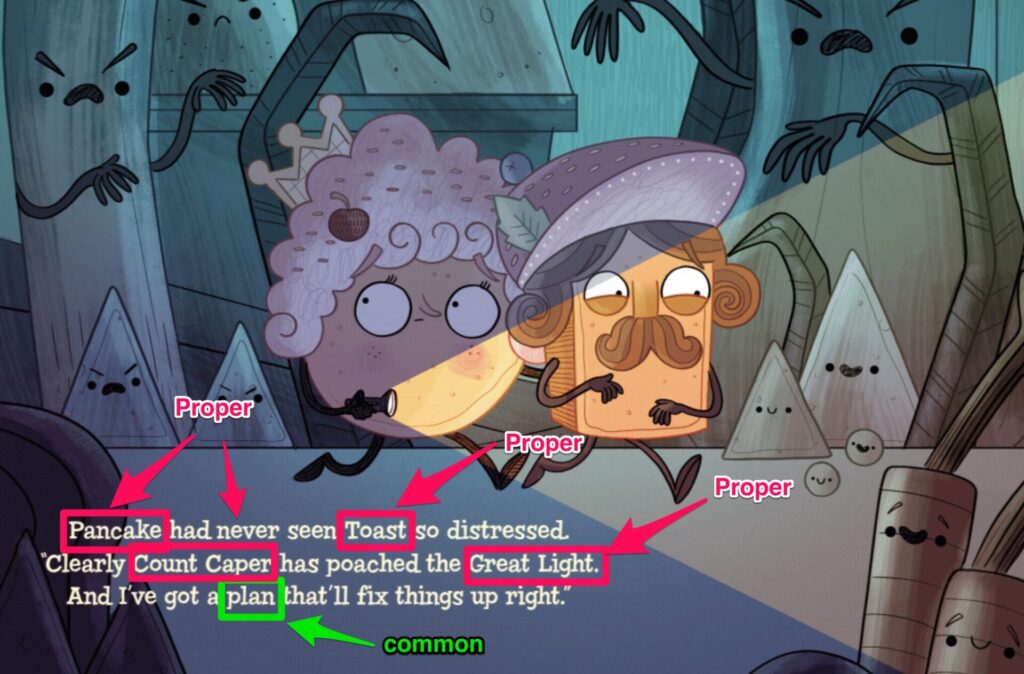
Choose a page of The Great Caper Caper and snap a picture in Skitch. Assign or let students choose a color for common and one for proper nouns, and have students draw boxes or underline the nouns in the corresponding color. They can label and draw arrows too, if there is time. Finished projects are saved as image files, so students can save it, email it, or post it in Google Classroom or a similar platform.
If you want them to take it to the next level, students can use their annotated image as a background in an app like iMovie or ShowMe and record their voice giving their reasoning for their annotations.
Please share how you have used this story in your class! #SharingIsGrowing

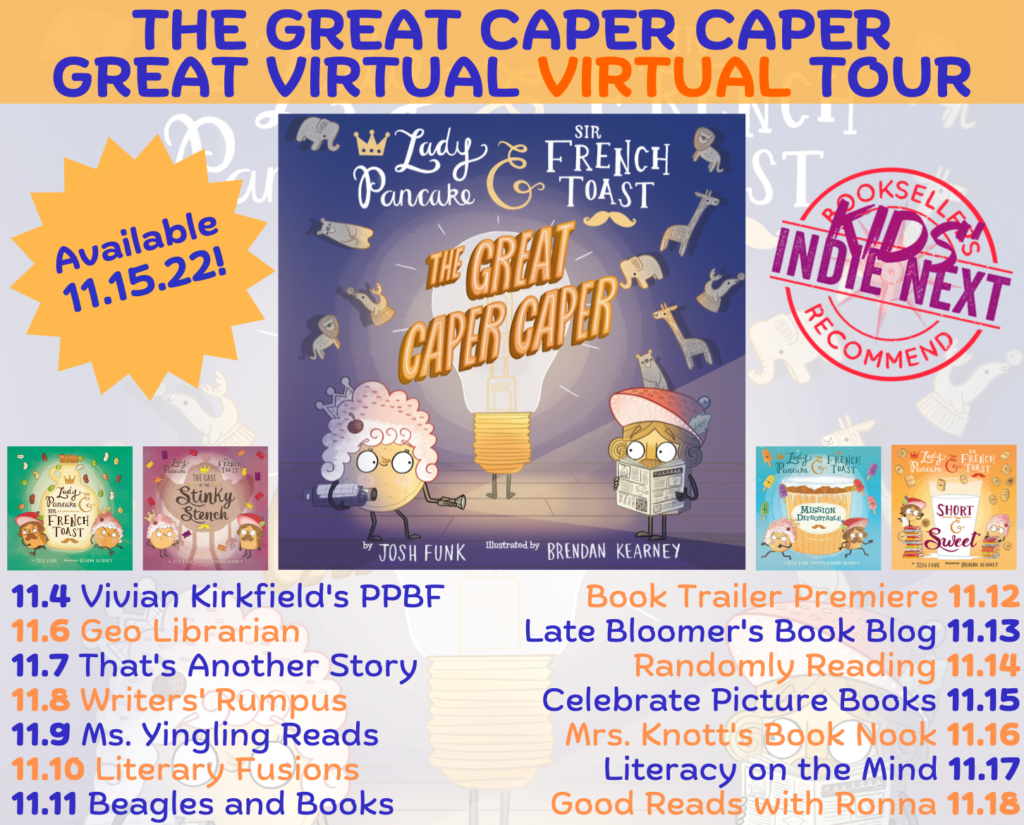
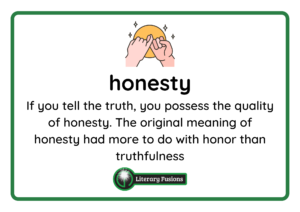
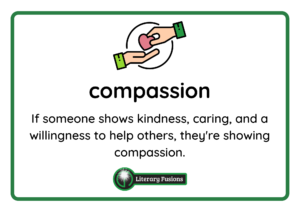
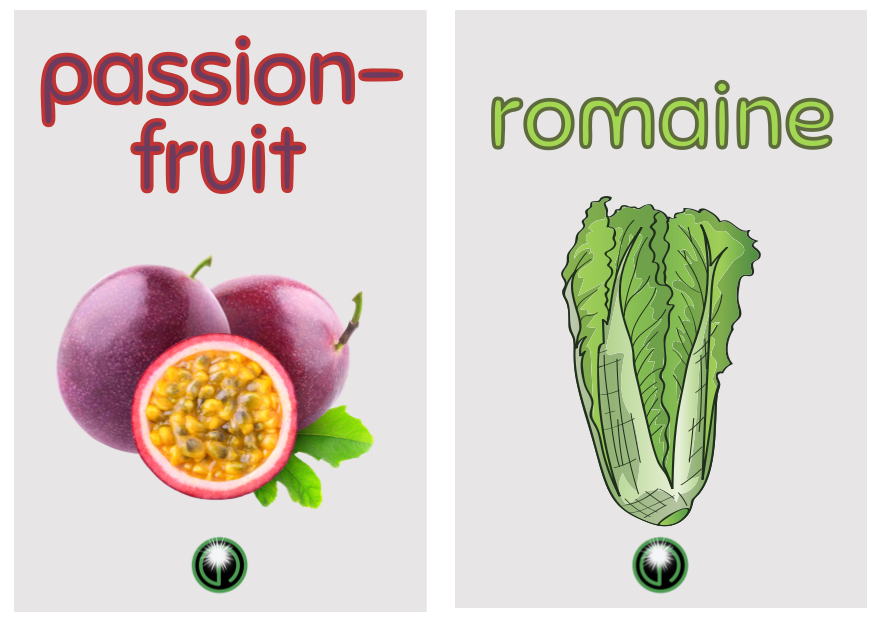





Leave a Reply